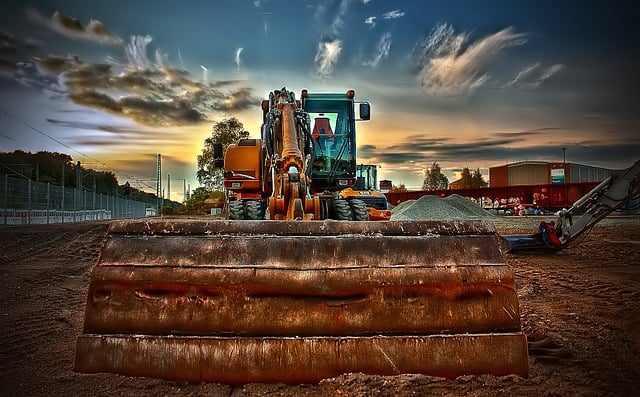
There are many guidelines and regulations that an engineering firm must stick to during the planning and construction of a new project. It is the structural engineer’s job to make sure that the Environmental Protection Agency (EPA) guidelines are being followed.
Understanding which EPA guidelines are most essential can help you keep your project on track and up to code.
What Is the EPA?
The EPA was created in 1970 to address the growing concern regarding how human activity can affect the environment. To protect human health as well as the environment, the EPA performs a number of tasks:
- Develops and enforces regulations
- Provides grants
- Studies environmental issues
- Sponsors partnerships
- Conducts environmental education
- Publishes information
In construction, the EPA enforces laws and regulations dealing with air, lead, waste, water and general requirements.
Air Regulations
The EPA’s air regulations deal mostly with asbestos, air conditioning, refrigeration, ozone depleting substances, and indoor airPLUS construction standards.
Ozone protection regulations are part of the Title 40, Part 82 Code of Federal Regulations, and these regulations cover everything from exemptions, labeling, importing, and phaseouts of ozone-depleting substances.
Waste Regulations
Waste regulations cover construction and demolition materials. Most C&D waste is nonhazardous and not regulated by the EPA, but hazardous waste, on the other hand, is regulated by the Resource Conservation and Recovery Act (RCRA). The RCRA defines hazardous waste and outlines how to dispose of it as well.
Water Regulations
EPA regulations for water deal with stormwater discharges for construction activities as well as effluent limitation guidelines.
Stormwater runoff is regulated by the National Pollutant Discharge Elimination System (NPDES) permit program. Through this program, the EPA tries to limit sediment, debris and chemicals from entering the local watershed.
Lead Regulations
Lead regulations fall under several laws and executive orders, including the Toxic Substances Control Act, the Clean Air Act, the Clean Water Act, and many others.
The EPA outlines and enforces regulations for lead in paint, dust, soil, water, and air in addition to lead cleanup and waste disposal. It also outlines requirements that the information contractors must follow in regards to lead safety prior to beginning their projects.
General Regulations
The EPA’s general regulations cover a large list of topics, including onsite septic systems, handling PCBs, green building standards, and other concerns.
Many of these regulations overlap with the specific topics already listed, such as air and water quality. These regulations also provide a list of compliance assistance tools for construction sites.
Consequences of Ignoring EPA Guidelines
Although EPA regulations can be extremely complicated, failing to follow them can have severe consequences. The EPA considers enforcing environmental laws as one of its top priorities, and the agency has the authority to take civil and criminal action if guidelines are not met.
Making Sure Your Engineer is Qualified
In most cases, you must rely on your structural engineers and their expertise to make sure these EPA regulations are followed. There are variations from state to state in terms of what is required for obtaining an SE license; however, each state usually requires passing the National Council of Examiners for Engineering and Surveying FE Exam and a minimum number of years of service (typically four) for licensure as well.
Making Sure You’re Up to Code
Thankfully, the EPA publishes many guides for ensuring compliance with regulations. Additionally, they offer support centers for professionals with questions, and they conduct outreach to keep the community up to date on rule changes. One of the most comprehensive documents they provide is “Managing Your Environmental Responsibilities: A Planning Guide for Construction and Development,” which you can read here.
Another valuable resource is the Construction Industry Compliance Assistance Center, which provides “plain language explanations of environmental rules for the construction industry.”

